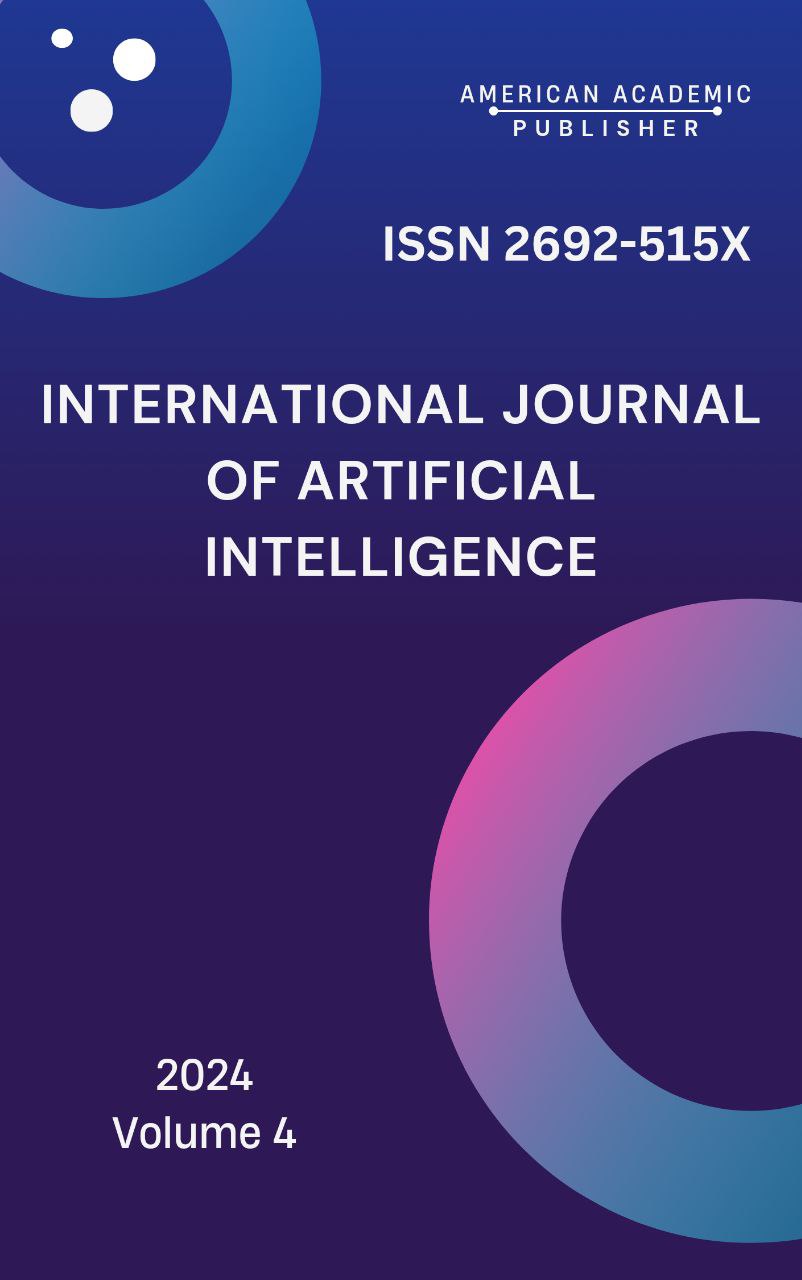 Articles
| Open Access |
Articles
| Open Access | EXPERIENTIAL AND INQUIRY-BASED LEARNING IN BIOLOGY: EMPOWERING STUDENTS THROUGH ACTIVE ENGAGEMENT
Almamatova Zebo Xudoyberdiyevna ,Abstract
Experiential and inquiry-based learning methods have emerged as powerful pedagogical strategies in biology education, emphasizing active engagement and hands-on experiences to deepen students' understanding of biological concepts. These approaches empower students to explore, investigate, and create meaning from real-world scenarios, fostering critical thinking, collaboration, and a deeper connection to the subject matter. This article explores the benefits, challenges, and practical applications of experiential and inquiry-based learning in biology classrooms, including field-based learning, project-based learning, and citizen science projects. By examining case studies and evaluating best practices, we offer recommendations for integrating these methods to enhance biology education and better prepare students for future scientific careers.
Keywords
experiential learning, inquiry-based learning, biology education, field-based learning, project-based learning, scientific inquiry, student engagement, hands-on learning, critical thinking, problem-solving.
References
Kolb, D. A. (2015). Experiential Learning: Experience as the Source of Learning and Development. Pearson Education.
Anderson, C. W., & Radensky, P. (2019). "Inquiry-Based Learning in the Biology Classroom." Journal of Biological Education, 53(4), 338–348.
Barron, B., & Darling-Hammond, L. (2008). "Teaching for Meaningful Learning: A Review of Research on Inquiry-Based and Experiential Learning." Educational Leadership, 66(2), 12–21.
Article Statistics
Downloads
Copyright License

This work is licensed under a Creative Commons Attribution 4.0 International License.

